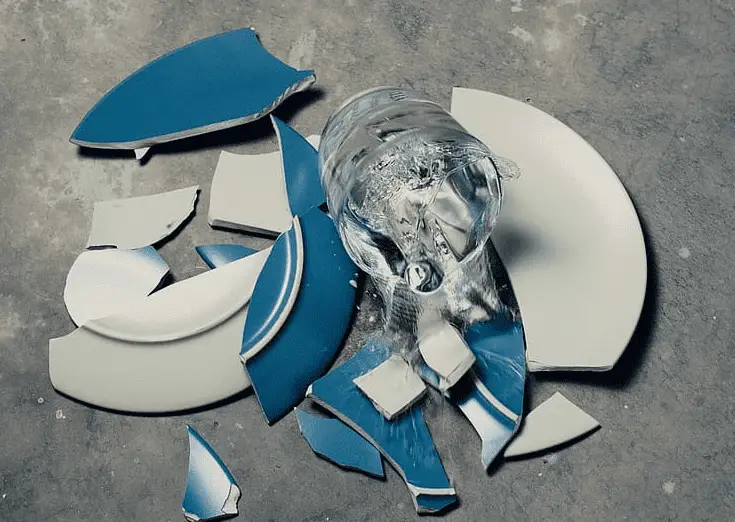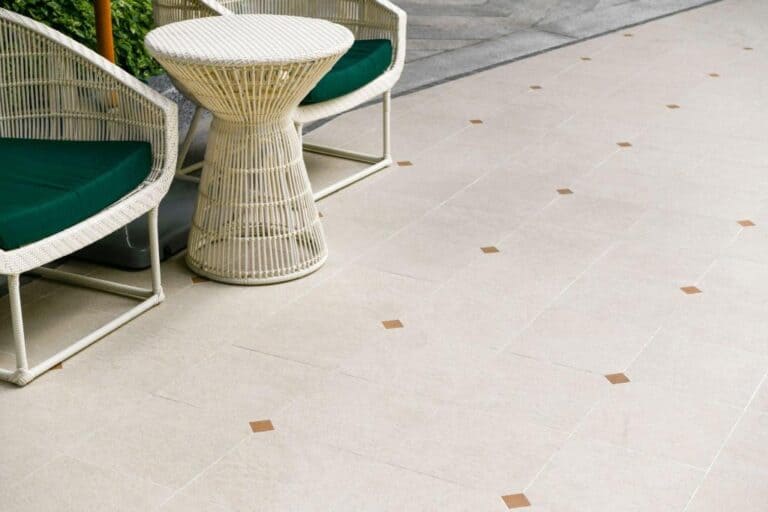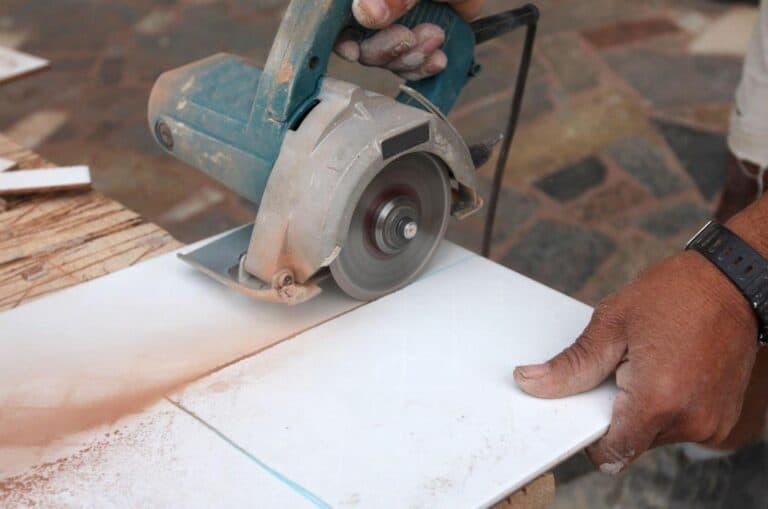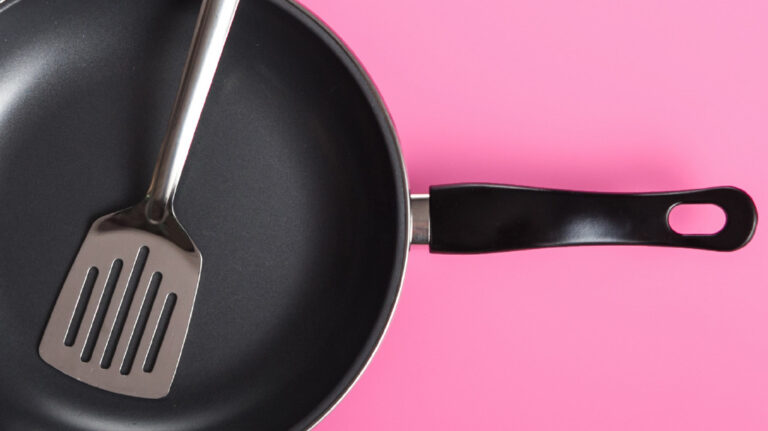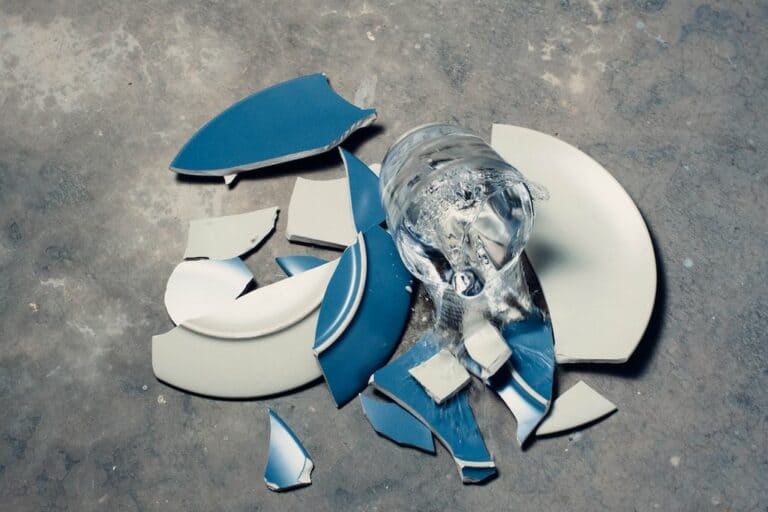Ceramic vs Carbide Knife Sharpener: What’s the Differences?
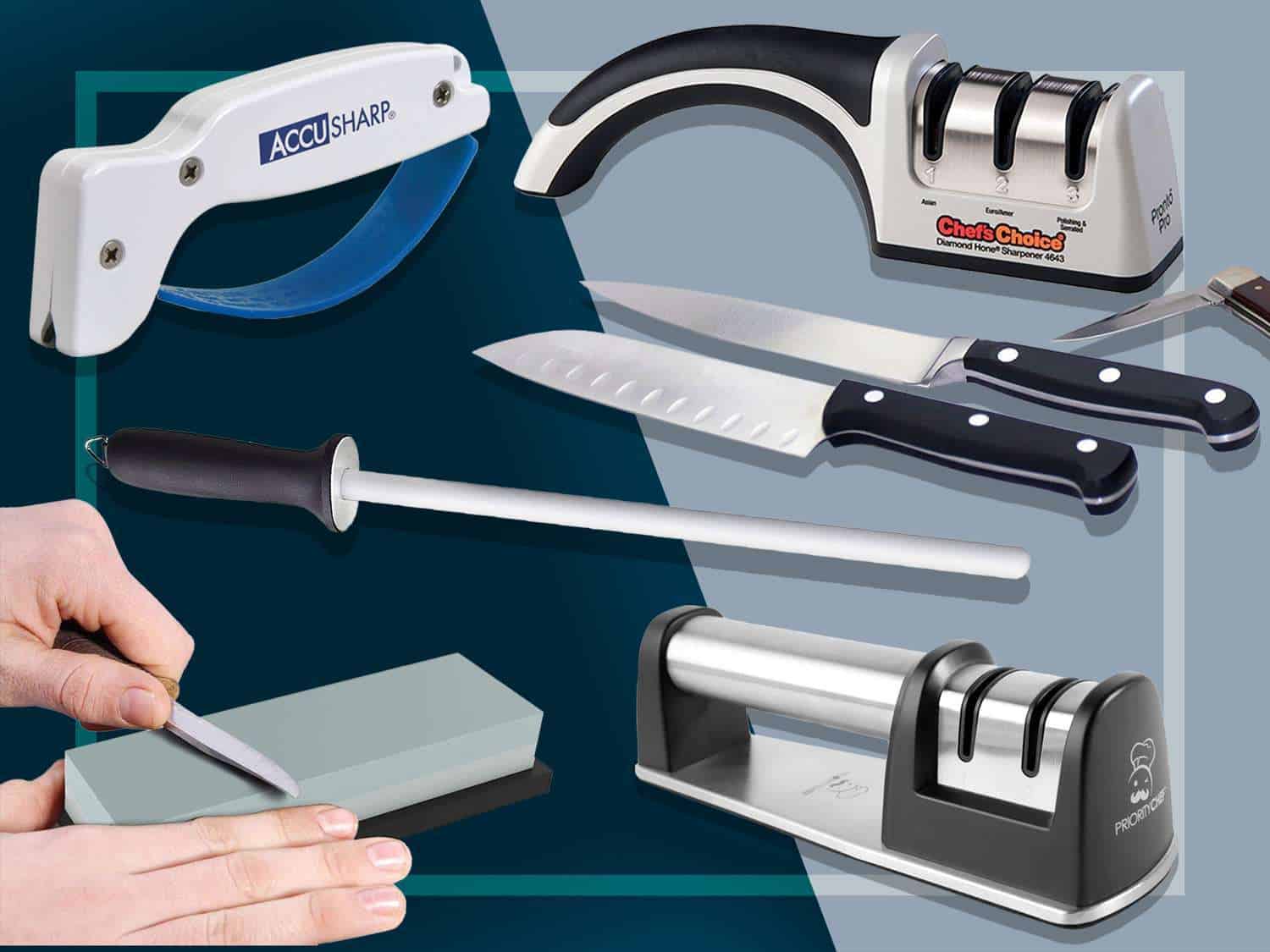
Choosing the right knife sharpener is important if you want your knives to stay sharp and work well. But with so many options available, it can be tough to know which one is the best choice for you.
Ceramic and carbide knife sharpeners are two of the most popular knife sharpeners on the market. And yes, they might be the perfect solution for you.
In this post, we’ll explore the differences between ceramic and carbide knife sharpeners and help you decide which one is the best fit for your needs. From their abrasiveness and lifespan to their suitability for different types of knives, we’ll break down the pros and cons of each type of sharpener to help you make an informed decision.
So if you’re trying to decide between a ceramic or carbide knife sharpener, keep reading to learn more.
Sharpening Knives and Their Importance
Sharpening knives is an important task that should not be overlooked. A sharp knife is not only more effective at cutting and slicing, but it is also safer to use. When a knife is dull, it requires more force to cut through materials, which can increase the risk of accidents or injuries. Sharp knives are safer and more efficient because they glide through food and other materials.
In addition to ensuring safety, sharpening knives also helps to extend their lifespan. Because you have to use more pressure and force to use a dull knife, it will break more quickly. By regularly sharpening your knives, you can help to keep them in good condition for longer periods of time.
Sharpening knives is also an important part of maintaining good hygiene in the kitchen. A sharp knife is less likely to leave behind jagged or torn edges on food, which can harbor bacteria and other contaminants.
By making sure your knives are sharp, you can help lower the risk of getting sick from food and keep your kitchen clean and safe.
What Are Ceramic and Carbide Knife Sharpeners and How Do They Differ?
Ceramic knife sharpeners are made from a hard, brittle material called ceramic, which is known for its sharpness and durability. These sharpeners often come in the form of a rod or a stone, and they work by abrading the edge of the blade to remove any nicks or imperfections.
The ceramic sharpener has a gentle abrasive action, so it can be used on small, fine knives.
Carbide knife sharpeners, on the other hand, are made from a hard, metallic material called carbide. Most of the time, these sharpeners have a set of jagged teeth that are meant to sharpen the blade quickly and aggressively. They are often used for rough, coarse sharpening jobs and are suitable for use on thicker, more durable knives.
One key difference between ceramic and carbide knife sharpeners is their abrasiveness. Ceramic sharpeners are usually less abrasive than carbide sharpeners. This means that they are less likely to remove a lot of material from the blade and are better for fine-tuning the edge of a blade. Carbide sharpeners are more abrasive and better for heavy-duty sharpening.
Another key difference between the two types of sharpeners is their durability. Ceramic sharpeners are known for their long lifespan, as they are made from a hard, durable material that is resistant to wear and tear. On the other hand, carbide sharpeners wear out easily and may need to be replaced more often.
Pros and Cons of Ceramic Knife Sharpeners
Pros
Cons
- Gentle on blades: Ceramic sharpeners are less abrasive than carbide sharpeners, which means that they are less likely to remove a large amount of material from the blade. This makes them suitable for use on fine, delicate knives that may be damaged by more aggressive sharpeners.
- Long lifespan: Ceramic sharpeners are made from a hard, durable material that is resistant to wear and tear. This means that they have a long lifespan and do not need to be replaced as frequently as carbide sharpeners.
- Easy to use: Ceramic sharpeners are easy to use and do not require any special skills or techniques. Simply run the blade across the surface of the sharpener a few times to sharpen the blade.
- May not work as well on heavily damaged blades: If a blade is severely damaged or has a lot of nicks and imperfections, a ceramic sharpener may not be aggressive enough to remove them. In this case, a carbide sharpener may be a better choice.
- May require more passes to achieve desired sharpness: Because ceramic sharpeners are less abrasive, they may require more passes to achieve the desired level of sharpness. This can be time-consuming and may not be practical for busy individuals.
- Can be more expensive: Ceramic sharpeners are often more expensive than carbide sharpeners, especially those made from high-quality ceramic materials. This may not be an issue for some people, but it is worth considering if you are on a tight budget.
Pros and Cons of Carbide Knife Sharpeners
Pros
Cons
- Effective on heavily damaged blades: If a blade is severely damaged or has a lot of nicks and imperfections, a carbide sharpener may be more effective at removing them than a ceramic sharpener. This is because carbide sharpeners are more abrasive and are able to remove more material from the blade.
- Quick and efficient: Carbide sharpeners are designed to quickly and aggressively sharpen the blade, which means that they can save you time and effort when sharpening your knives.
- Suitable for heavy-duty sharpening jobs: If you have a lot of knives that need sharpening or if you frequently use your knives for heavy-duty tasks, a carbide sharpener may be a better choice.
- May be too aggressive for fine, delicate knives: Because carbide sharpeners are more abrasive, they may remove too much material from the blade of a fine, delicate knife. This can damage the blade or reduce its sharpness.
- Prone to wear and may need to be replaced frequently: Carbide sharpeners are prone to wear and may need to be replaced more frequently than ceramic sharpeners. This can be an inconvenience and may be more expensive in the long run.
- May require more skill to use: Carbide sharpeners may require more skill and technique to use effectively, as they are more aggressive and can damage the blade if not used correctly. This may not be an issue for experienced users, but it may be intimidating for those who are new to knife sharpening.
Which Knife Sharpener Is Best: Ceramic or Carbide?
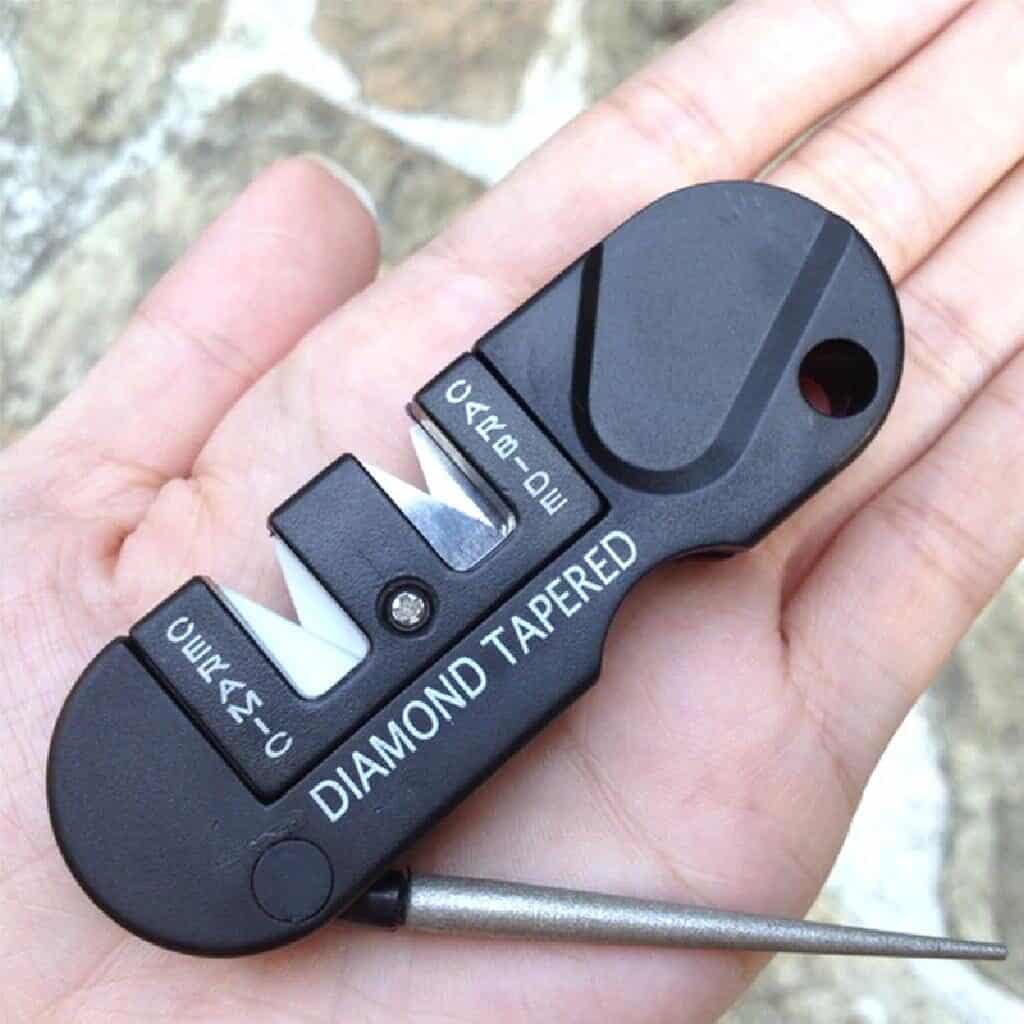
When it comes to knife sharpening, it can be difficult to determine which method is best. Ceramic and carbide are two popular options for sharpening knives, but which one is the right choice?
Here’s a guide to help you decide which knife sharpener fits your needs.
- Type of knives: If you have a collection of fine, delicate knives, a ceramic sharpener may be the better choice, as it is gentler on the blade and less likely to damage it. On the other hand, if you have thicker, more durable knives that are used for heavy-duty tasks, a carbide sharpener may be more suitable.
- Level of blade damage: If your blades are heavily damaged or have a lot of nicks and imperfections, a carbide sharpener may be more effective at removing them. However, if your blades are only slightly dull or have only minor imperfections, a ceramic sharpener may be sufficient.
- Sharpening frequency: If you only need to sharpen your knives occasionally, a ceramic sharpener may be a good choice, as it is less likely to wear out and will have a longer lifespan. On the other hand, if you need to sharpen your knives frequently, a carbide sharpener may be a better choice, as it is more efficient and can save you time and effort.
- Budget: Ceramic sharpeners are generally more expensive than carbide sharpeners, especially those made from high-quality ceramic materials. If you are on a tight budget, a carbide sharpener may be the better choice. However, if you are willing to invest in a high-quality sharpener that will last for many years, a ceramic sharpener may be a better investment in the long run.
In the end, your needs and preferences will determine whether you should use a ceramic or carbide knife sharpener. By thinking about the above things, you can choose the sharpener that is best for your needs and will help you keep your knives sharp and working well.
How Long Do Carbide Sharpeners Last?
Carbide sharpeners are popular because they are durable and keep their sharpness for a long time. Most of these sharpeners have blades made of tungsten carbide that have been diamond-honed to make them even sharper and more precise. Sources say that these blades can be used in both directions and can be sharpened well for 5 to 10 years.
The high-quality materials used to make carbide sharpeners are part of the reason why they last so long. Tungsten carbide is a very hard and strong material that can keep its edge even after being sharpened many times. The diamond-honing process also helps make sure that the blades stay sharp for a longer time.
Even though carbide sharpeners may last longer than other types of sharpeners, it is still important to take care of them and keep them in good shape for them to work well. This means cleaning the blades often and putting the sharpener away correctly when it’s not in use. By following these simple steps, you can help extend the lifespan of your carbide sharpener and get the most out of this handy tool.
Conclusion
Sharpening knives is important because it makes them work better, makes them last longer, and helps keep the kitchen clean. By regularly sharpening your knives, you can enjoy all of these benefits and more.
The choice between a ceramic vs carbide knife sharpener will depend on your specific needs and preferences. If you need a sharpener that is gentle and suitable for fine, delicate knives, a ceramic sharpener may be the best choice for you. On the other hand, if you need a sharpener that is suitable for heavy-duty sharpening jobs, a carbide sharpener may be a better fit.

